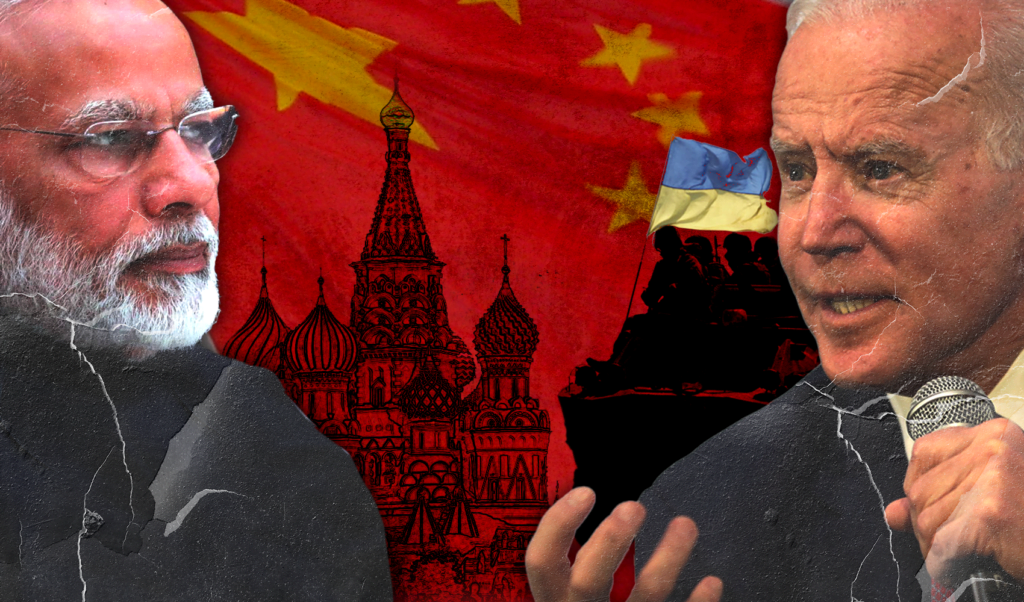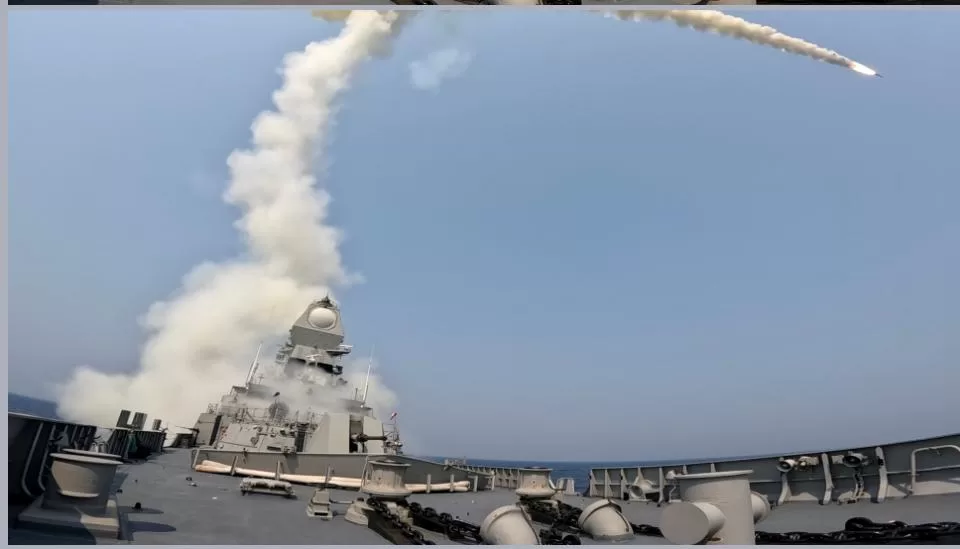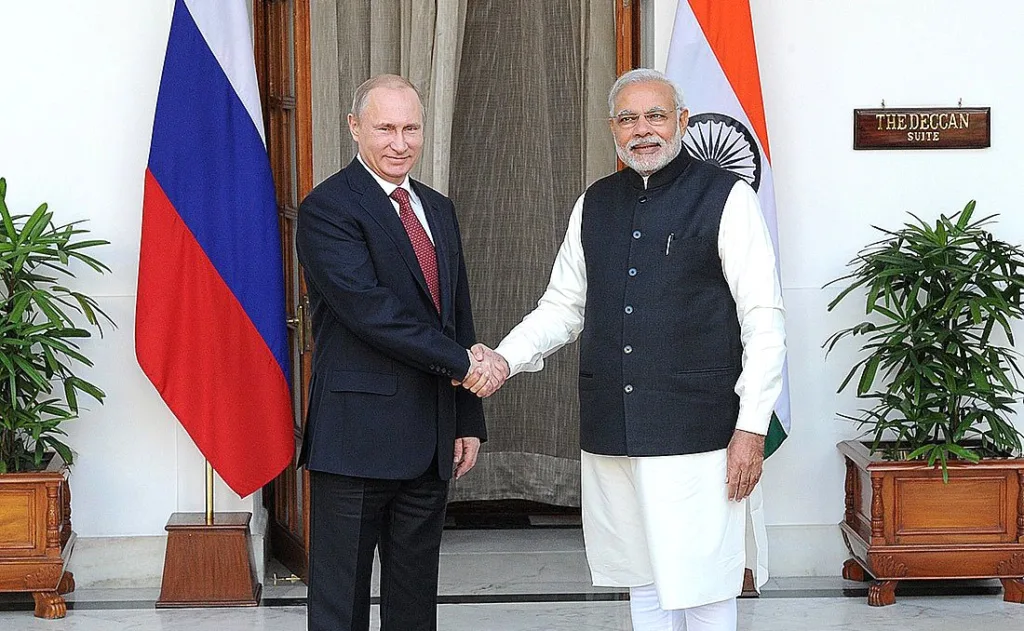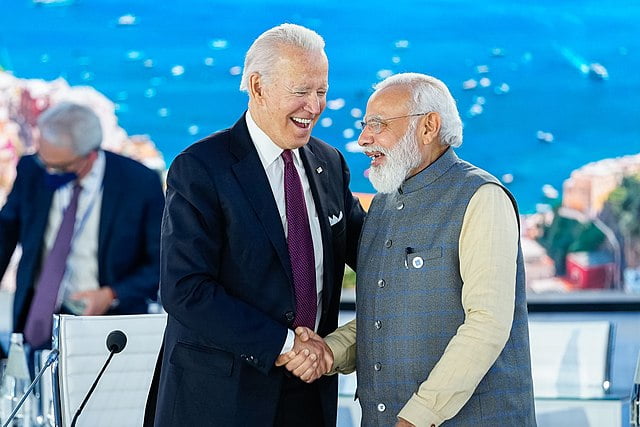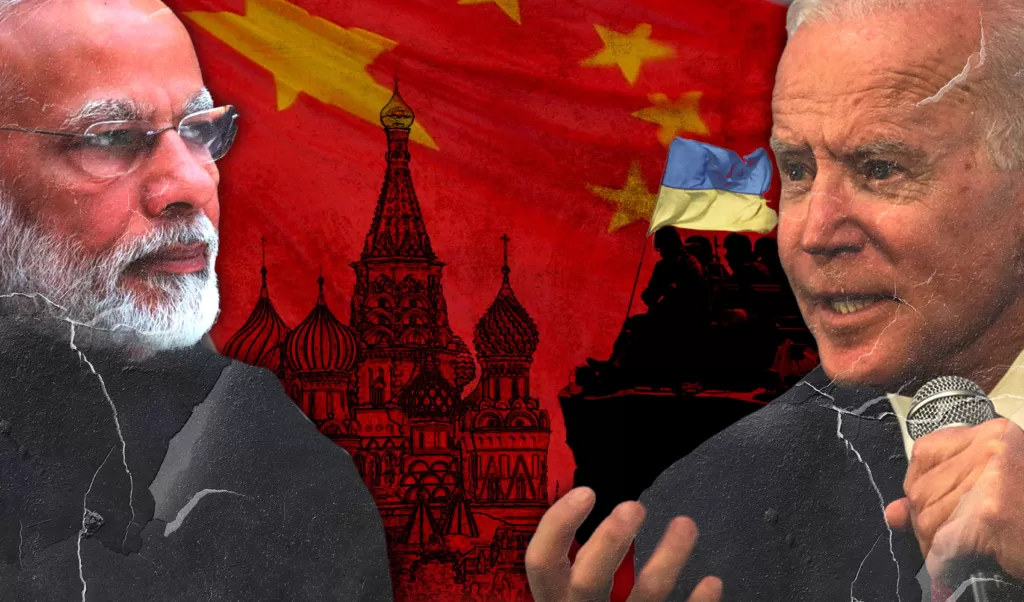India and the US have developed closer ties through the resurrected Quad alliance, but Modi's White House visit could bring the countries even nearer.
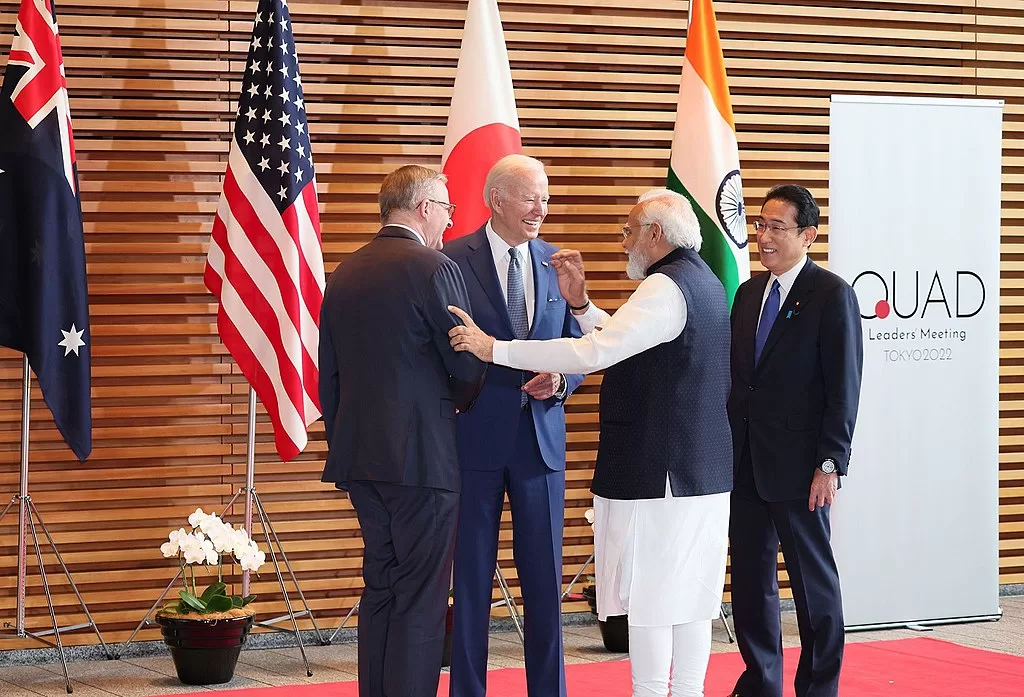 US President Joe Biden and Indian Prime Minister Narendra Modi have become closer through the Quad. : 内閣官房内閣広報室, Wikimedia Commons CC BY 4.0
US President Joe Biden and Indian Prime Minister Narendra Modi have become closer through the Quad. : 内閣官房内閣広報室, Wikimedia Commons CC BY 4.0
India and the US have developed closer ties through the resurrected Quad alliance, but Modi’s White House visit could bring the countries even nearer.
The United States’ latest push for India’s loyalty has been in swing for over half a decade, notably marked by the revival of the Quad in 2017.
But, as US President Joe Biden prepares to host Indian Prime Minister Narendra Modi in Modi’s first White House visit since 2014, it’s clear that the charm offensive is still just beginning.
US and India relations have grown through the Quad, a geopolitical body of the two nations, Australia and Japan that was brought back to life in 2017 after nine years on ice.
When the Quad re-started, it began as a slow-moving alliance with a narrow agenda.
But, as the quartet have met year on year, its ambitions have sped up — going beyond the initial scope of vaccines into discussions on conflicts, growing trade and investing in regional infrastructure.
One thing conspicuously absent in Quad discussions is the perceived challenge from China. Whether Modi and Biden will discuss it at the White House remains to be seen. All Quad members have heavy economic interdependence on China, which blunts potential explicit opposition to Beijing.
Still, the US hasn’t shied away from picking fights: a spy balloon, TikTok and Taiwan are just a few arenas in which the Biden administration has been willing to provoke Beijing.
India has a finer balance in the way it approaches China. Aside from territorial disputes and fallouts in 1962 and 2020, India has carefully managed its approach to China, which is reflected in it joining the China-led Asian Infrastructure Investment Bank or the China-backed Shanghai Cooperation Organisation, or working with Beijing on climate change and trade-related issues.
But an incident three years ago in Galwan, which left 20 Indian soldiers dead, has become the tipping point in their relationship.
The Quad alliance has been the key plank from which Modi has grown closer to Washington. Meeting in its current form since 2017, starting on the sidelines of the ASEAN summit, the Quad has gradually grown into its own event of significance.
Bit by bit, the rebuilt Quad strengthened ties — agreeing to joint military drills and tabletop exercises on humanitarian assistance and disaster relief.
After the September 2021 meeting, the Quad jointly called for a free and open Indo-Pacific region with better supply chain resilience and a better pandemic response.
The Quad leaders have met twice each year since 2021. The quick succession of high-level meetings is a reflection of urgent challenges confronting the region: a global pandemic and an ongoing conflict in Ukraine.
The first meeting of 2023 in Sydney was called off as Biden grappled with domestic debt ceiling negotiations, but the countries still managed to meet on the sidelines of the G7 in May.
Explicitly, the outcomes from these Quad meetings have been modest. However, the true significance of the meetings lie in the intangible outcomes. For instance, the Quad agreed to facilitate the production and distribution of a billion doses of Johnson & Johnson vaccines by 2022.
Under the agreement, the US was to transfer technology to a firm based in Hyderabad, India. Japan would provide financing and Australia was to help distribute the vaccines.
As the pandemic situation improved, the Quad shifted its priorities elsewhere. But the collaborative spirit of the four countries, leveraging their respective national strengths, offered an insight into the unified power that an allied US, India, Japan and Australia could wield in the region.
Similarly, the Malabar naval exercises — joint training involving the navies of Quad nations — has been an annual show of force and intelligence sharing that has added another dimension to the US and India relationship.
While the Quad’s resurrection has been a relative success, setting the stage for Modi to return to the White House for the first time since Barack Obama’s presidency, the real work might be yet to start.
When the question of Ukraine arose at the third Quad virtual meeting in March 2022, India expressed concerns at the topic’s inclusion. But, as the conflict wears on and the global cost mounts, Biden may press Modi to pull India away from the relationship it enjoys with Russian President Vladimir Putin.
Biden has sought to restore the US as the world’s leader of democracy after the reign of former President Donald Trump. Standing up to the rising threat of China and Russia will be key to re-establishing his nation’s power.
Modi’s visit to the White House this month may be an important step to continuing the positive momentum of the Quad.
Srikanth Kondapalli is Dean of School of International Studies at Jawaharlal Nehru University, New Delhi.
Originally published under Creative Commons by 360info™.


